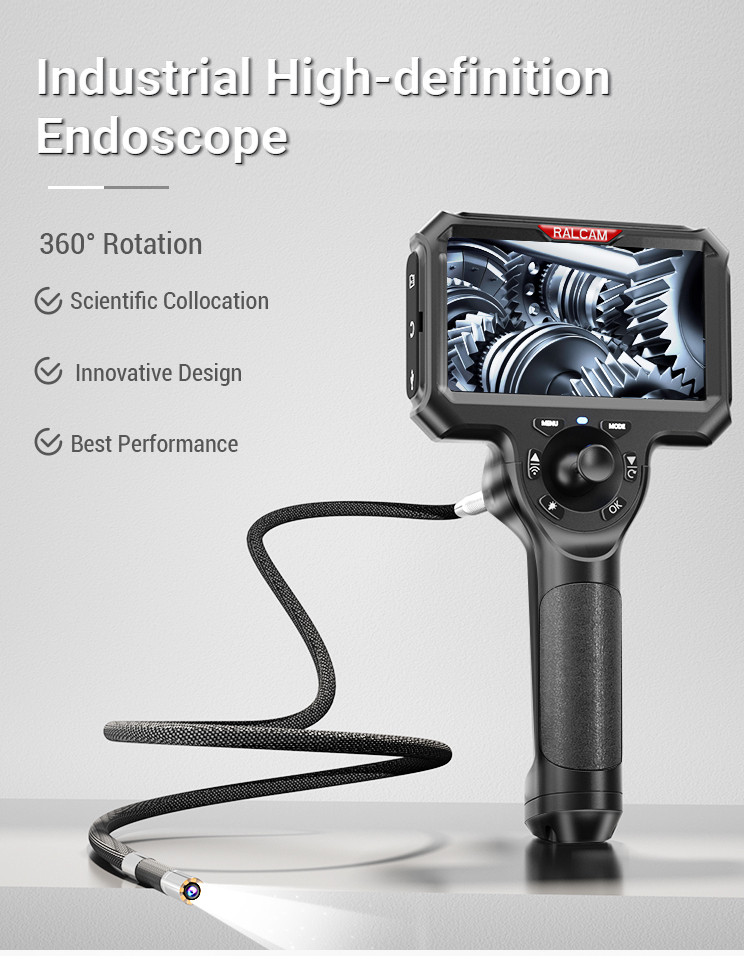 Susan
Susan  2025-09-29
2025-09-29

Fuel tanks are found in various sizes and applications. Of course, we think of our automobile fuel tanks frequently as that is the tank, we have the most experience with. But fuel tanks are present not only in residential applications such as lawnmowers, weed eaters and tractors but also in industrial and aerospace applications. Every combustion engine offers some sort of fuel tank of varying size and configuration. Fuel tank inspections are not something that is required often, but when it is required, you want to make sure that you have the right tool for the job.
Because the tank, (whether it be gasoline or diesel fuel) holds a combustible liquid and gas the area is considered a hazardous inspection area or explosive environment. Whether the tank still has measurable liquid in the tank or just residual fuel and fumes the area is still considered hazardous and requires specialized and certified borescops to complete the inspection.
Why would someone need to inspect a fuel tank? There are many reasons. Perhaps there is physical contamination that needs to be identified, mechanical parts or valves that need to be inspection or for police and customs inspection professionals there is a need to search for contraband. In addition, there could be tank cracks that need to be identified. Of course, cracks on the outside of a tank are much easier to inspect and document. These tanks could contain other hazardous and explosive chemicals that are not necessary used in combustion engines, but still need to be inspected internally.
Customarily there are 4 main reasons to inspect a fuel tank:
Inspect the inside walls of synthetically lined tanks: Several modern fuel tanks are lined with protective coatings to prevent leakage. Using a certified borescope for explosive environments allows you to visually inspect the entire lined area of a fuel tank.


